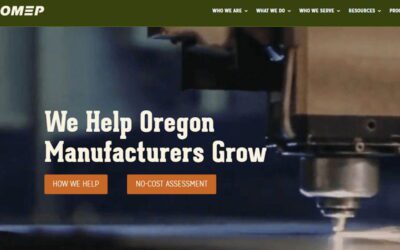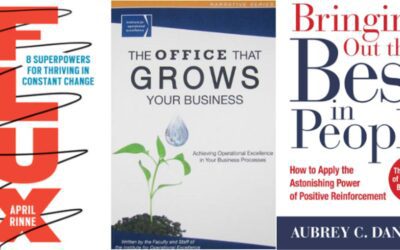When it comes to selling manufacturing products, timing is everything.
That was one of the messages delivered by Jim Allen, founder of Value-Based, during a recent webinar for OMEP.
Oftentimes when a prospect declines to buy a product, it is because the salesperson doesn’t know what that potential customer’s timeline is, which results in a breakdown of trust between buyer and seller, Allen explained.
Companies need to discover and adapt to the customer’s own buying cycle to improve qualified leads and optimize marketing spend—both in dollars and time invested.
Some companies also make the mistake of waiting too long to demonstrate value to the buyer. Unfortunately, salespeople do not always receive ample training on the products they are selling. The company invests in sales training, but the people doing the selling need to be able to articulate the problem that their product helps the potential buyers solve.
“Make it a solution-based conversation in a consultative manner so when you get to the closing phase, the question of whether this is the right product or service has been answered early on so it makes the closing conversation much easier,” Allen said. Closing is not the time to convince.
Conversations and presentations should not just be centered around features and benefits, but on a complete solution that has been tailored to the person’s needs and what the product or service is going to do to fill those needs. Look at the buyers’ return on investment. What do they get back if they buy your product or service?
Look at the buying journey through the lens of the buyer
Not only is timing critical, but so is knowing the right person to speak to at any given point in this journey. With all the digital marketing tools that exist today, it is easier than ever before to improve the prospective buyers’ experience by personalizing what, how and when they learn about a particular product/service.
There are several non-intrusive, permission-based ways to share relevant tailored content.
Use what we learn from web users to better serve them. Ask: what gets your prospect’s attention? What makes them do more research? How can we help them solve their problems?
When contemplating whom to be investing the most time with, there are several personas who may be influencers in the buying process:
-Users of the product
-Technical employees who may do the training or be familiar with competitive products
-Champions/advocates
Figure out whether the people you are spending time with have decision-making power, who else is involved (or who else should be included in the presentation/meeting) and ultimately who will sign the check.
Sales Training Tips from Jim:
- Train salespeople the first week of onboarding and then encourage them to embrace a continuous learning mindset over time to increase retention and utilization of the techniques taught.
- Establish and measure levels of competencies to ensure they know how to actually do the work, not just the high-level concepts.
- The best time to experiment with value-based sales and marketing processes is when companies are in even keel mode, not overflowing with work but not slow, either.
- Don’t disregard things that are working in your processes. Enhance what is already there.
- Create a safe place to fail and learn from those failures.
To learn more, watch the webinar here.
Alexandra DeFelice is the Industry Group Manager for Schwabe Williamson and Wyatt’s Manufacturing, Distribution and Retail group. She can be reached at adefelice@schwabe.com or 503-796-3767.



